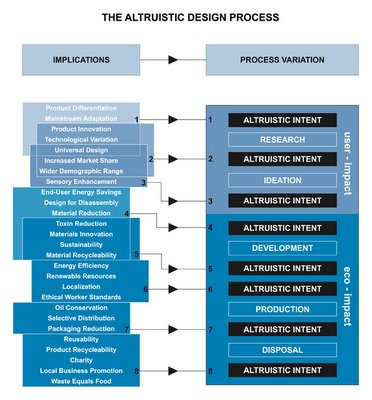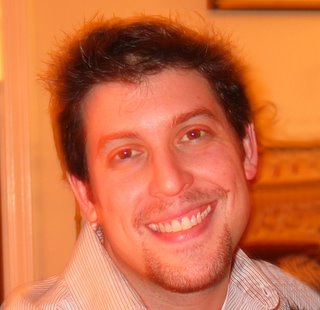Brad Ascalon


The Altruistic Imperative. Changing the Design Process, Changing Design
In 1964, 22 visual communicators developed the ‘First Things First’ Manifesto, a framework that admitted to contributing to a field where the majority of output was trite and meaningless. The manifesto called for a field of worthwhile social endeavors.
My thesis work is an investigation into the current state of Industrial Design with similar thoughts in mind. Design has created entirely too many menial objects that have no real societal benefits, and consequently has promoted the devastation of our ecosystems.
While students are preached the importance of need-based design and sustainability, they are still mere suggestions in the field and the classroom. This work offers a new framework for designers and students alike to design compassionately as a characteristic of what the field is, within the constraints of a Capitalistic society.
Interested? Email Brad here!


















